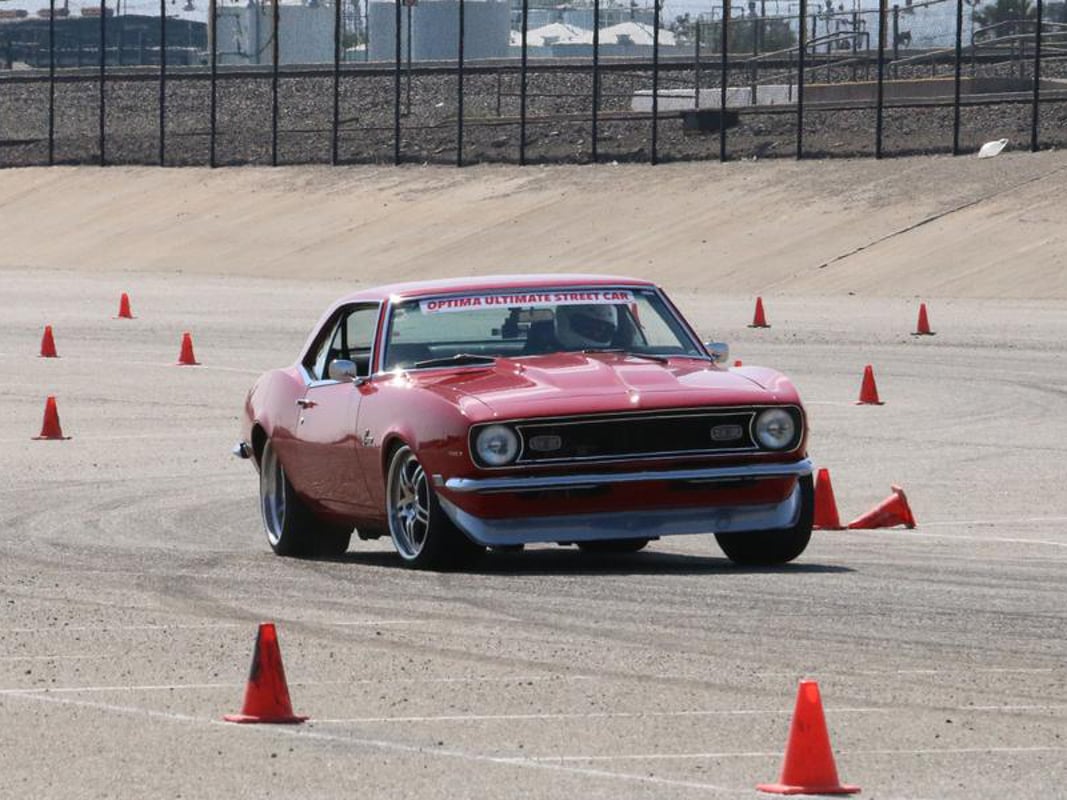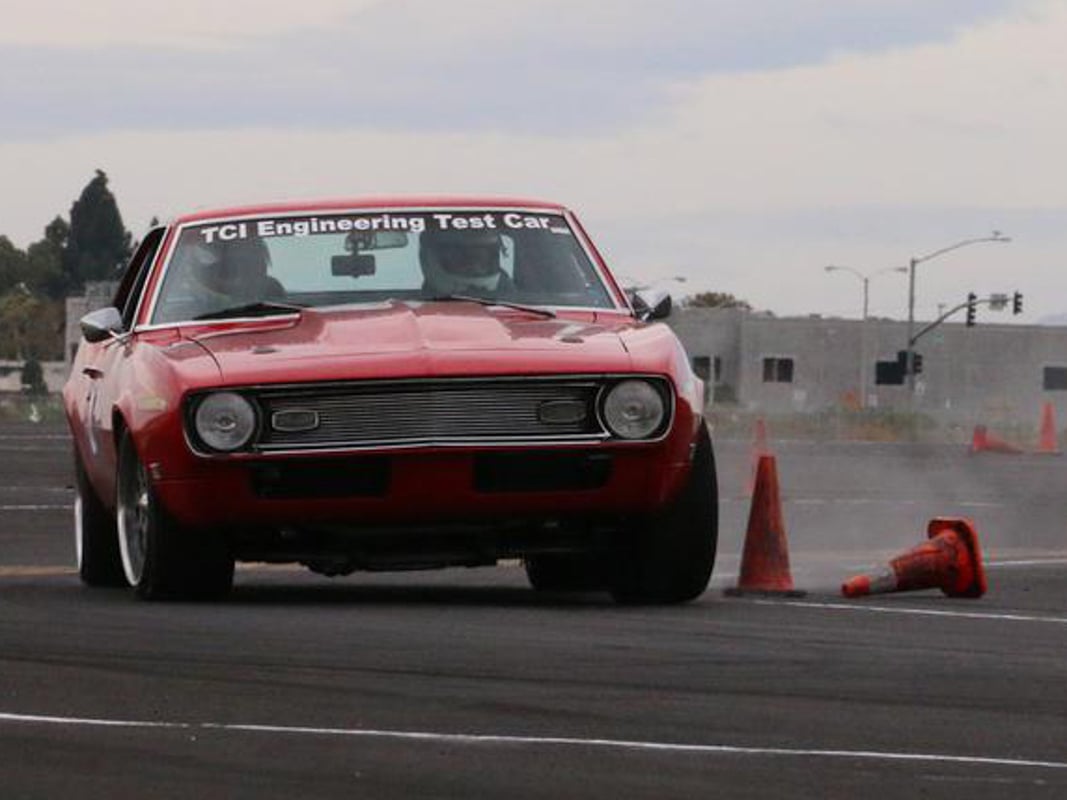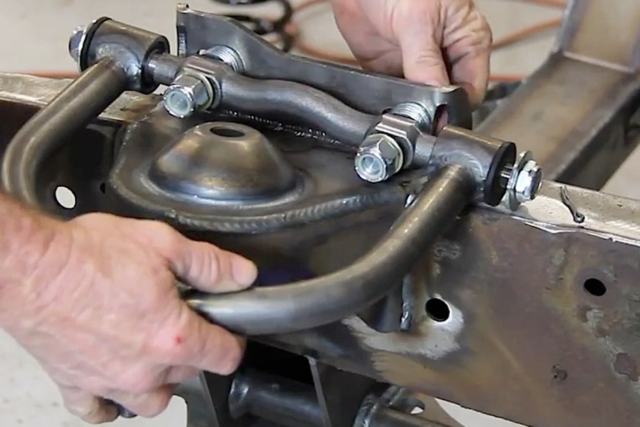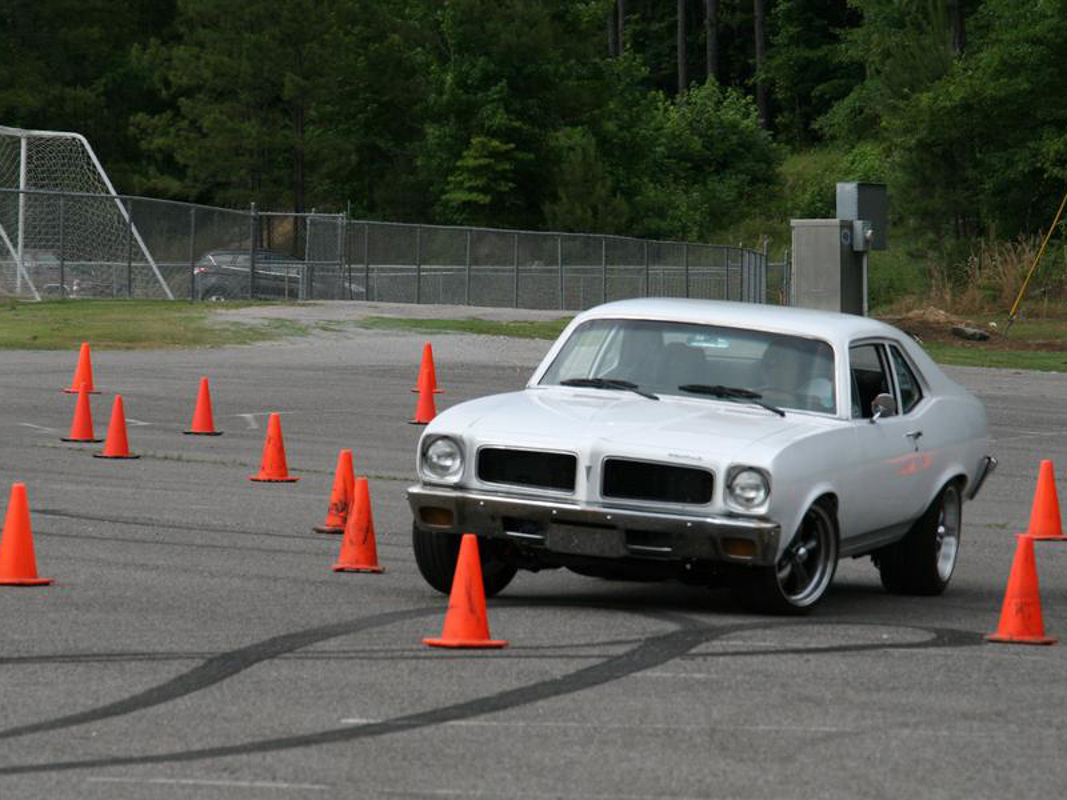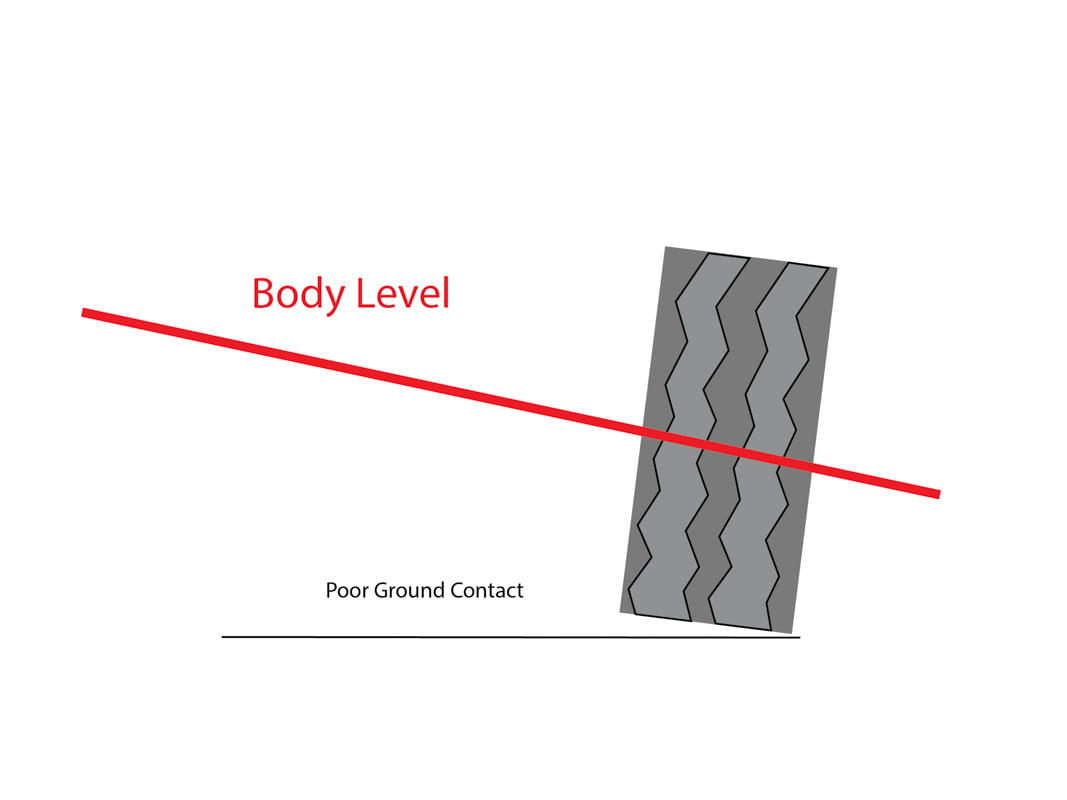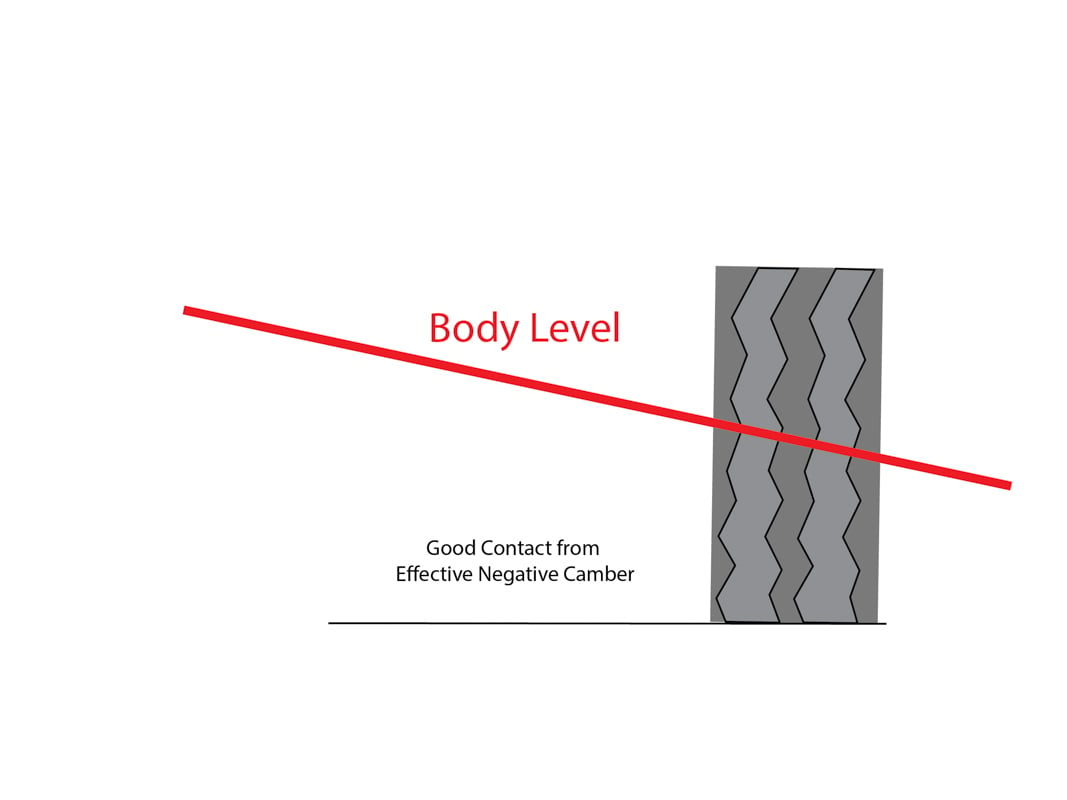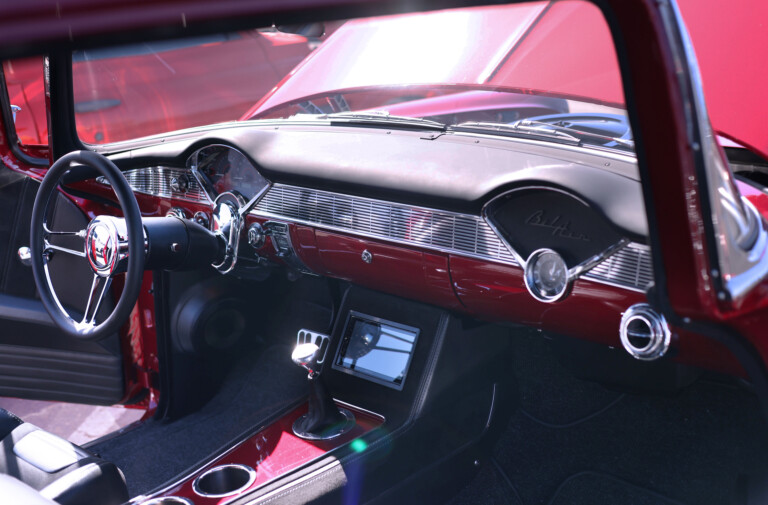When it comes to building a true, high-performance musclecar or street rod, there’s no question that you will need to upgrade the suspension system. Whether using a small-block, LS, or big-block engine, the extra control you get with tubular-steel suspension parts is a must. Adding a lot of horsepower without upgrading the suspension system is like buying a large drink and asking them to fill it half way.
When it comes to upgrading your car’s suspension, the sky is the limit. You can utilize a four-link rear suspension, tubular control arms, or an all-new front clip. The benefits of tubular suspension parts in whichever direction you choose are clear. It just depends on how far you want to modify your car, and how much your budget will allow.
The Basics
Why are tubular suspension parts such a crucial aspect of a performance project? To get the best possible information and expert information, we talked to Jason Wilcox and Sal Solorzano of Total Cost Involved (TCI Engineering).
The primary goal of tubular suspension parts is to gain strength while dropping weight. -Jason Wilcox, Total Cost Involved
“Stock equipment is easy to reproduce, so manufacturers use it out of necessity,” Wilcox continued. “It’s just formed steel welded together, and the parts are weighty and inexpensive. For example, our front suspension for the ’67 through ‘81 Camaro is 120 pounds lighter than the stock system. The difference between where our frames fail versus where a factory frame fails is astounding.” He went on to give us an example of a high-performance Nova that got sideways at high speed and crashed into the wall at roughly 300 feet into the drag strip.
“When looking at the car after the crash, you know that if it had a stock front clip, it would have been smashed,” Wilcox detailed. “The tubular frame system saved the engine and almost everything under the hood. Aside from a couple body panels, the owner only needed to replace the control arms, one header, and one of the hubs to get the car driving again. Although an unwanted event, what could possibly better demonstrate the strength benefits of a tubular front clip?”

Although this isn’t the Nova that Jason mentioned in his story, it is one that is featured on the TCI website.
Proper alignment of the stock subframe, when mounted to the car, is also much less consistent with the stock frame than what a tubular steel subframe is capable of offering. “When you are involved in performance driving, you start pushing these cars to their limits. If you do this while using the stock suspension system, the alignment can easily get out of whack and things can get out of hand,” explained Wilcox. “During a turn where the car experiences increased G-force, you have to remember that you’re moving a 3,000-pound car and that force can wreak havoc on alignment.” The tubular front subframe and suspension TCI offers will not allow the frame alignment to be moved out of range by forces acting against it.
Benefits Of Using Better Materials
When building suspension parts, there is no better material to start with than mandrel-bent steel tubing. “The round tube is the lightest and toughest possible structure you can use,” explained Wilcox. “The steel tubing is both lighter and stronger than the stock components, and the design allows builders to tweak the material’s wall thickness to get the best possible weight-to-strength ratio. Using tubular-steel suspension parts grants you both greater strength and less weight. The lighter front end improves performance by providing a better weight balance for the car.”
Solorzano, part of the research and development team at TCI, agrees with Wilcox, “Our suspension designs used on both the Nova and Camaro are lighter than the stock suspension and helps with the weight bias. When used for drag racing, the pure weight bias is the benefit, but with autocross or road racing the same weight bias provides better overall control from an improved front-to-rear weight ratio.”
It’s agreed that tubular suspension parts are a benefit because of better weight bias, improved strength, and better control, but there is also much more to consider. While the design of tubular suspension parts allows for nearly limitless customization for the best possible ride quality and performance, we also need to mention springs. “With adjustable coilovers you can change your car’s ride height using the suspension that you have,” Solorzano explained. When talking about springs, it also needs to be mentioned that not all springs are created equal. There are two different types of springs used in the suspension industry depending on the application. One is a linear rate spring, and the other is a progressive rate spring.
Whatever spring you use, there is a trade-off between the best performance and the best ride. Whether using a pair of coilovers or a set of fixed springs, the ride will not be as smooth as it could if the springs chosen are overly stiff to combat roll resistance. Likewise, the car will lean much more when going around corners if the springs are softer for a better ride comfort. The goal is to select a spring that delivers a happy medium.
Linear rate springs apply a force directly proportional to the weight compressing it. If a linear rate spring is rated at 200 pounds per inch, it will compress one-inch for every 200 pounds of pressure applied to it. A progressive rate spring has more than one pressure rating. Let’s say you have a progressive spring rated for 100 pounds for the first one-inch, and 200 pounds for every inch after that. At 100 pounds, it will compress by one-inch, while at 300 pounds of force it will only compress by two inches. These aren’t exact numbers, but they do give you an idea of how the ratings work.
“There are preferences when it comes to using linear or progressive-rate springs,” Solorzano said. “We use, and prefer, the linear rate because we like the reliability. One is not really better or worse, but in the Pro Touring world, everyone typically uses linear rate.”
A complete tubular suspension system also allows for much wider tires than what can be used with a stock suspension system. “Tire width has everything to do with grip, so it’s important to get the overall width up as much as possible,” Solorzano told us. “The stock subframe limits tire size and turning radius. Tubular suspension components also offer significant improvements to negative camber gain.
Tubular suspension parts are a must when performance driving is the end goal.
Solorzano continued, “Negative camber gain is how much the top of the wheel comes inward when the suspension is under compression. If you take a right turn at speed, the shock on the right is being compressed, and the ‘angle’ of your control arms changes. This keeps the tire vertical, keeping the contact patch flat on the ground. This negative camber gain is a trait that any good suspension system should have.”
Negative camber gain is a trait that any good suspension should have. – Sal Solorzano, Total Cost Involved
The Front Clip
Solorzano gave us some technical details about the complete front clip the company designs for the ’67 through ’81 Camaro and ’68 through ’74 Nova applications. The design was created 12 years ago and has proven itself a great upgrade over the course of the last decade.
Here is an animated rendering of how negative camber affects tire angle and grip. The first image shows the tire angle when the car is parallel to the ground. The second image shows what a tire might do as a car turns and leans. The third image shows how the tire would react with the compensation from the negative camber.
“The lower mounting position of our tubular subframe gives a more aggressive negative camber curve that is suited for autocross and road racing,” Solorzano continued. “The mandrel-bent double-rail design provides superior strength and greater durability, and offers a lower center of gravity that dramatically improves handling and braking.” It also offers a unique control arm design that can be installed in two different positions for different camber curves specifically suited for autocross, street use, or drag racing.
The Rear Can Upgrade As Well
The standard leaf-spring design is simple, yet effective, and will work for most cars. “A leaf spring could have a much higher roll resistance, but there is no customization capability,” Solorzano explained. “A tubular four-link has adjustability that lets you change the cars’ roll center, and can be set however you need it, whether for handling corners or drag racing.” The way a four-link suspension is designed, it also spreads the torque load more evenly across the rearend and helps prevent wheelhop. “The four-link setup also allows the suspension to articulate freely,” detailed Solorzano. “With a stock leaf-spring suspension, the suspension can only articulate so far before it binds.” For that reason, a four-link suspension system is a must if you want any kind of real adjustability.
Installing the tubular suspension systems into a classic ride is it relatively quick and simple, and very little modification to the factory components of the vehicle is required.
“Every application is different,” Wilcox explained. “Chevy was really smart about how they attach most of the factory clips in musclecars. The stock front end in most Novas and Camaros just unbolts, and ours will bolt right in. In most cases, these are things that can install in a home garage with no welding. The most difficult part of the install is removing all of the 40 to 50-year-old factory stuff.
“The last time we did a Camaro, we left the sheetmetal on and just hoisted the car up,” Wilcox explained. “We put the engine and transmission on the chassis and lowered the body onto the setup.” It doesn’t matter if you are hoisting the body off the frame or just doing the install with the car on jacks, putting things together with a unibody design is fast and simple.
The Bottom Line
It doesn’t matter what kind of project you are putting together, tubular suspension parts are a plus. “Everyone can benefit from more strength and less weight,” Wilcox told us. “Weight is always a negative for a car, and any way we can drop weight is a good thing.” So, even on a car designed for mild-performance usage, tubular suspension parts will mean more strength, more control, and less weight to throw around the corners. The enhanced adjustability and ride quality will be beneficial, no matter what you are looking for from your car.
Take a look at what Total Cost Involved has to offer before deciding on the tubular suspension that you want to go with. The company knows their stuff and has been a leader in the industry for decades. Not only that, but if you are undecided about using a tubular suspension, or are unsure what is involved when changing your vehicle over, give them a call. The people are knowledgeable, friendly, and only want to help make your car better.




